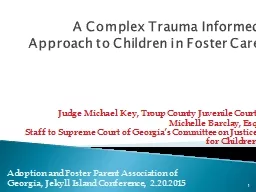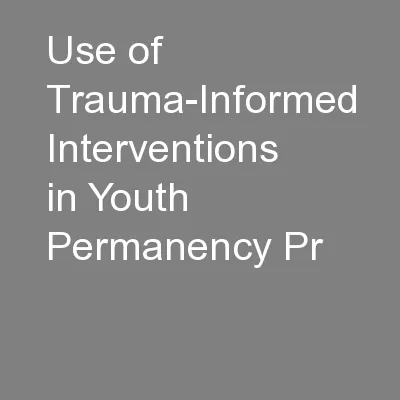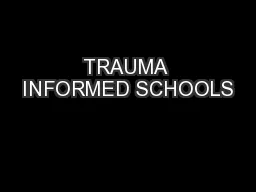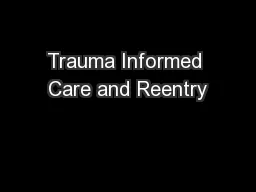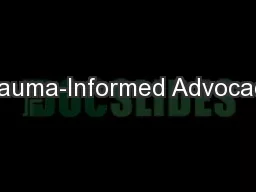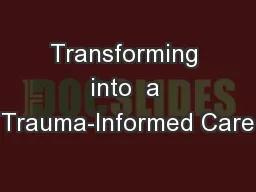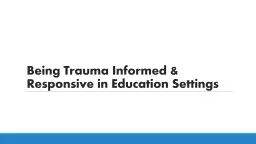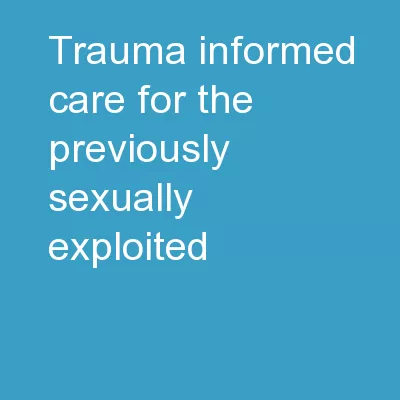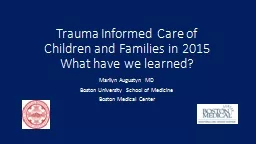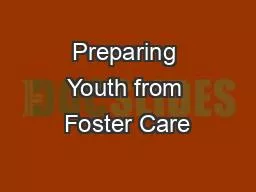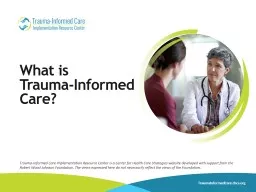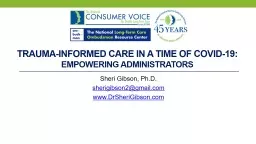PPT-A Complex Trauma Informed Approach to Children in Foster
Author : trish-goza | Published Date : 2017-08-23
Care Judge Michael Key Troup County Juvenile Court Michelle Barclay Esq Staff to Supreme Court of Georgias Committee on Justice for Children Adoption and Foster
Presentation Embed Code
Download Presentation
Download Presentation The PPT/PDF document "A Complex Trauma Informed Approach to C..." is the property of its rightful owner. Permission is granted to download and print the materials on this website for personal, non-commercial use only, and to display it on your personal computer provided you do not modify the materials and that you retain all copyright notices contained in the materials. By downloading content from our website, you accept the terms of this agreement.
A Complex Trauma Informed Approach to Children in Foster: Transcript
Download Rules Of Document
"A Complex Trauma Informed Approach to Children in Foster"The content belongs to its owner. You may download and print it for personal use, without modification, and keep all copyright notices. By downloading, you agree to these terms.
Related Documents

